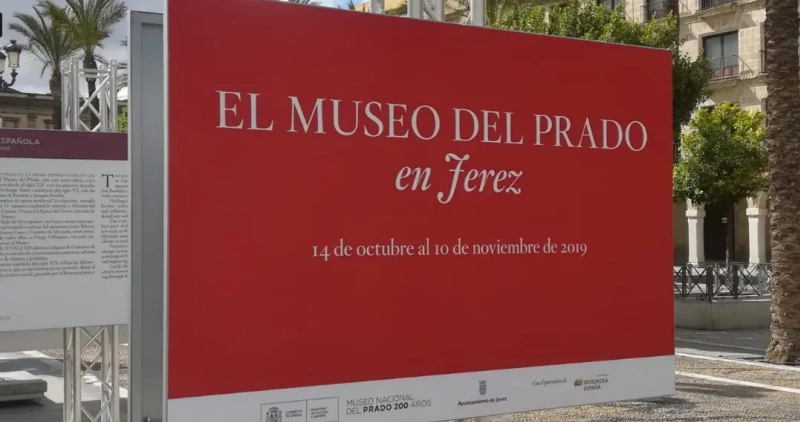log in
Enter site
Login to use Arthive functionality to the maximum
Robert Kampen.
Dutch painter Robert Kampen was born around 1375 in the city of Valenciennes - the once thriving capital of the county of Hainaut (Gennegau) and is considered the founder of the picturesque tradition of the Northern Renaissance. A few years Kampen studied painting in Dijon. In the period from 1418 to 1432, Kampen led the Tour of the art workshop, in which, among others, prominent Dutch painters Rogier van der Weyden and Jacques Darre studied. In addition, the researchers suggest that Kampen could meet with another famous contemporary - Jan van Eyck, who at that time lived in Lille. In an era of rivalry between the Duchy of Burgundy and the French kingdom, Kampen was on the side of the latter, for which he was repeatedly prosecuted. Kampen died in 1444 in Tournai.
The study of the artistic heritage of Kampen is extremely difficult because there is not a single painting that has his signature. In accordance with the principles of work in medieval art workshops, the painter, as a rule, only outlined the composition of the painting, painted the faces, and the rest was completed by his students. In addition, several copies were often made from paintings, which belonged to both the hand of the master himself and the students. Thus, the attribution of all works currently attributed to Kampen is controversial. The main works include three doors of the Flemish Altar ("Holy Trinity"; "Virgin Mary and Child"; "Holy Veronica", two doors of the altar Wehrle (Prado, Madrid), "Portrait of a Man in a Red Turban" (London National Gallery), triptych Merode (Metropolitan Museum in New York).
Robert Kampen stands at the origins of the so-called "Flemish primitives." His artistic style is distinguished by realism in the depiction of characters and interior details. In the paintings of Robert Kampen, the everyday details obscure or completely supplant the attributes that are typical for religious themes: there is no golden background in his paintings, and there are no halos over the saints.
Robert Kampen also acts as one of the forerunners of European portrait art: for the characters he depicted - representatives of local nobility - a three-quarter turn is characteristic, and his face occupies most of the picture. The artist died in 1444.
Leer más
Dutch painter Robert Kampen was born around 1375 in the city of Valenciennes - the once thriving capital of the county of Hainaut (Gennegau) and is considered the founder of the picturesque tradition of the Northern Renaissance. A few years Kampen studied painting in Dijon. In the period from 1418 to 1432, Kampen led the Tour of the art workshop, in which, among others, prominent Dutch painters Rogier van der Weyden and Jacques Darre studied. In addition, the researchers suggest that Kampen could meet with another famous contemporary - Jan van Eyck, who at that time lived in Lille. In an era of rivalry between the Duchy of Burgundy and the French kingdom, Kampen was on the side of the latter, for which he was repeatedly prosecuted. Kampen died in 1444 in Tournai.
The study of the artistic heritage of Kampen is extremely difficult because there is not a single painting that has his signature. In accordance with the principles of work in medieval art workshops, the painter, as a rule, only outlined the composition of the painting, painted the faces, and the rest was completed by his students. In addition, several copies were often made from paintings, which belonged to both the hand of the master himself and the students. Thus, the attribution of all works currently attributed to Kampen is controversial. The main works include three doors of the Flemish Altar ("Holy Trinity"; "Virgin Mary and Child"; "Holy Veronica", two doors of the altar Wehrle (Prado, Madrid), "Portrait of a Man in a Red Turban" (London National Gallery), triptych Merode (Metropolitan Museum in New York).
Robert Kampen stands at the origins of the so-called "Flemish primitives." His artistic style is distinguished by realism in the depiction of characters and interior details. In the paintings of Robert Kampen, the everyday details obscure or completely supplant the attributes that are typical for religious themes: there is no golden background in his paintings, and there are no halos over the saints.
Robert Kampen also acts as one of the forerunners of European portrait art: for the characters he depicted - representatives of local nobility - a three-quarter turn is characteristic, and his face occupies most of the picture. The artist died in 1444.
-
Las obras han gustado30 users
- Artworks in 3 collections and 46 selections





